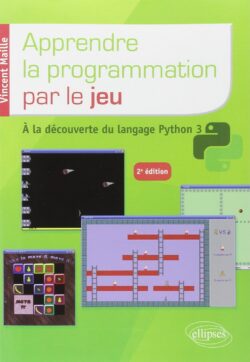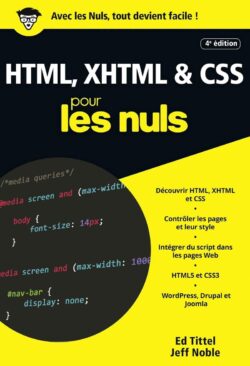1. Waht is a Python comment ?
In Python, comments are used to add explanatory notes or annotations within the code. Comments are ignored by the Python interpreter and have no impact on the execution of the program. They are intended for human readers to better understand the code. Comments can be used to explain a complicated part of a program, or to put indications in the code, such as the source code, the version of the language or script...
Comments are useful for several purposes, including:
- Explaining the purpose or functionality of code.
- Making notes for future reference or reminding oneself about the code's logic.
- Providing documentation to aid other developers who read the code.
- Temporarily disabling a piece of code for testing or debugging purposes (commenting out code).
It's considered good practice to include comments in your code to enhance its readability and maintainability. Well-commented code helps you and others understand the code's functionality and makes it easier to debug or modify in the future.
Python supports two types of comments:
- Single-line comments: Single-line comments start with a hash symbol (#) and extend until the end of the line. Anything written after the hash symbol on the same line is considered a comment.
- Multi-line comments: Multi-line comments, also known as docstrings, are used to provide documentation for functions, classes, or modules. They start and end with triple quotes (either single or double quotes) and can span multiple lines.
2. Single-line comments
Single-line comments: Single-line comments start with a hash symbol (#) and extend until the end of the line. Anything written after the hash symbol on the same line is considered a comment.
|
1 2 |
# This is a single-line comment x = 10 # Assigning a value to the variable x |
3. Multi-line comments
Here is an example of multi-line comment
|
1 2 3 4 5 6 7 8 9 |
""" This is a multi-line comment or docstring. It can span multiple lines and is typically used for documentation. """ def add_numbers(a, b): """ This function takes two numbers as input and returns their sum. """ return a + b |
4. Why use python comments
Python comments are used for various reasons, including:
Code Documentation: Comments provide a way to document your code, explaining its purpose, logic, or any important information. Well-documented code is easier to understand and maintain for both yourself and other developers who might work with or review your code.
- Code Readability: Comments can make your code more readable by adding clarity to complex or ambiguous sections. They act as annotations that help explain the intention behind certain code segments, making it easier for others (and yourself) to follow the code's flow and understand its functionality.
- Debugging: Comments can be used to temporarily disable specific lines or blocks of code for debugging purposes. By commenting out code, you can test alternative solutions or isolate problematic sections without completely removing the code. This approach allows you to toggle between different code variations quickly.
- Future Reference: Comments serve as reminders or notes to yourself for future reference. You can leave comments about potential improvements, ideas, or issues that need addressing, helping you to revisit and improve the codebase later.
- Collaboration: When working on a project with multiple developers, comments play a crucial role in facilitating collaboration. They help team members understand each other's code, promote consistency in code style and standards, and allow for effective communication within the team.
- Documentation Generation: Python docstrings, a form of multi-line comments, can be used to generate automatic documentation using tools like Sphinx. By following the appropriate docstring conventions, you can extract the comments to create comprehensive documentation for your codebase.
Remark
By utilizing comments effectively, you enhance the readability, maintainability, and collaboration potential of your code. They provide valuable context and aid in code comprehension, making your codebase more accessible and easier to work with in the long run.
Younes Derfoufi
CRMEF OUJDA



I have been browsing online more than three hours today, yet I never found any interesting article like
yours. It’s pretty worth enough for me. In my
opinion, if all webmasters and bloggers made good content as you did, the internet
will be a lot more useful than ever before.